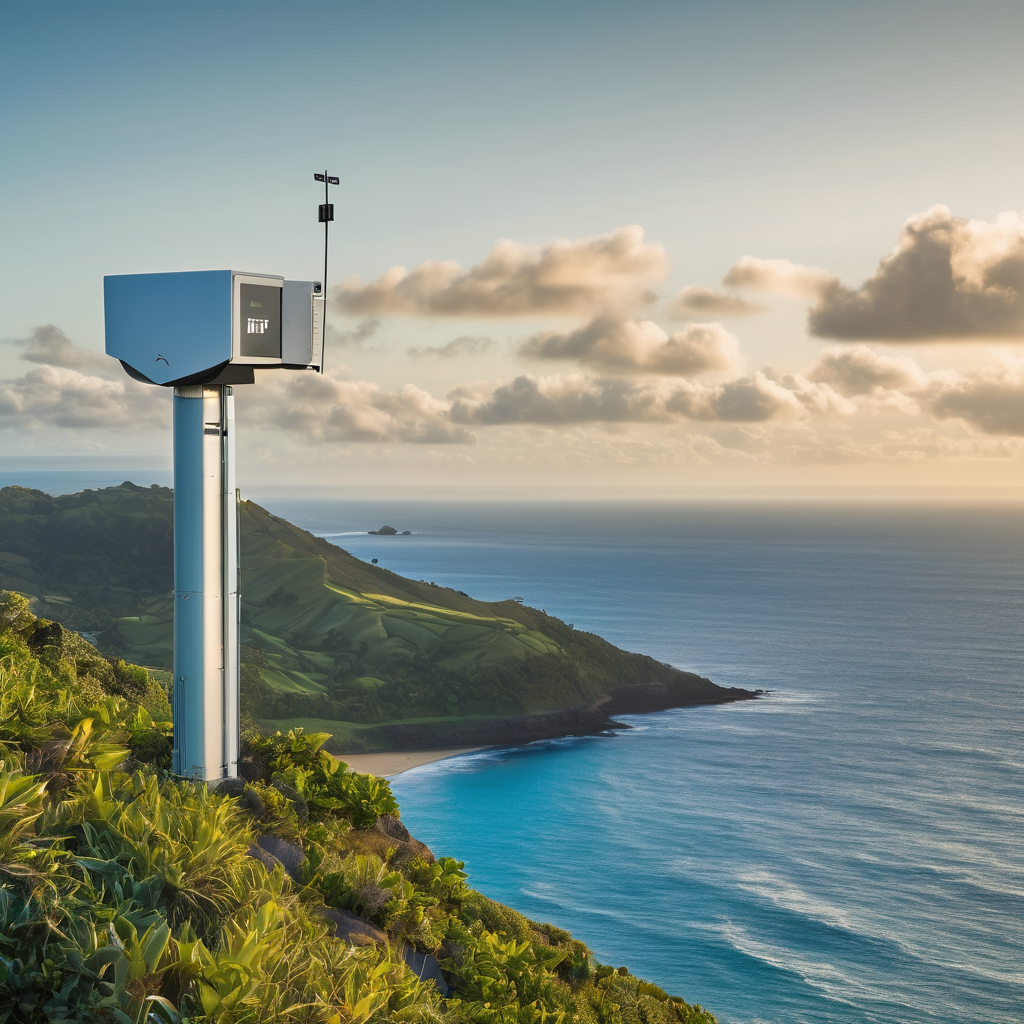Fiji has successfully secured around $27.6 million from the Green Climate Fund to significantly enhance its climate monitoring and disaster preparedness systems. This funding will be allocated for upgrading weather monitoring systems, replacing outdated weather stations with automated ones, and re-establishing essential river-level tracking to better predict and respond to natural disasters.
An exciting component of this initiative includes the development of a mobile application designed to send real-time alerts to all Fijians, keeping communities informed during critical situations. Minister for Rural and Maritime Development and Disaster Management, Sakiasi Ditoka, highlighted the effectiveness of timely warnings, noting that they can reduce fatalities by as much as six times. Fiji is increasingly facing severe risks from floods and cyclones, which disrupt businesses, services, and livelihoods, hence the urgency of these advancements.
The Ministry is also strengthening international partnerships to bolster disaster preparedness. Notably, the Japanese government is working on installing tsunami sirens across Viti Levu, while Korea is providing flood early warning instruments in various regions including Naitasiri, Tailevu, Ba, and Macuata. The integration of Starlink satellite units aims to enhance communication for maritime communities, ensuring vital information reaches those in need.
In response to queries from opposition members regarding the implementation status of these new systems, Ditoka confirmed that the Korean and Japanese devices are operational and will be activated to work with satellite technology once fully functional. Regarding early warning systems coverage, Ditoka explained that current capabilities extend beyond Lami Peninsula, with future enhancements dependent on ongoing support from Japan.
Furthermore, addressing questions about flood forecasts that consider water levels and soil saturation, Ditoka assured that communication with the Fiji Meteorological Office plays a central role in this process. The Ministry is already engaging in proactive measures in preparation for the 2025-2026 cyclone season, which includes community training, awareness campaigns, and operational checks at evacuation centers.
The overarching goal, according to Ditoka, is to create a comprehensive, people-centered, accessible, and actionable early warning system that prioritizes the safety of all Fijians. These initiatives not only reflect Fiji’s commitment to enhancing its disaster resilience but also illuminate a path for other Pacific nations facing similar climate challenges. With advanced systems and community engagement, Fiji stands to improve its disaster preparedness significantly, fostering hope for a future where communities are better protected against climate-related adversities.
